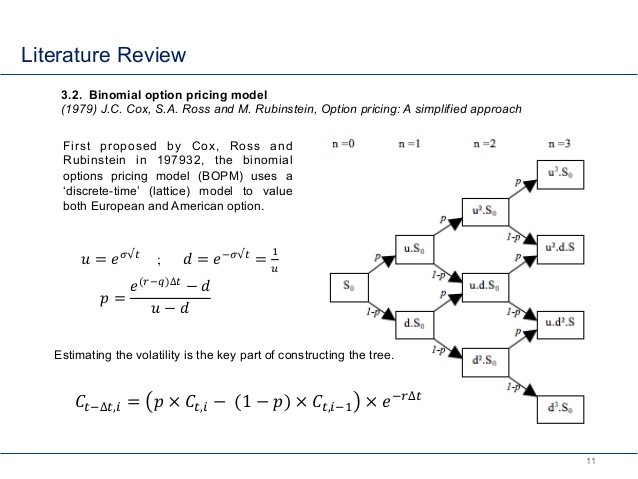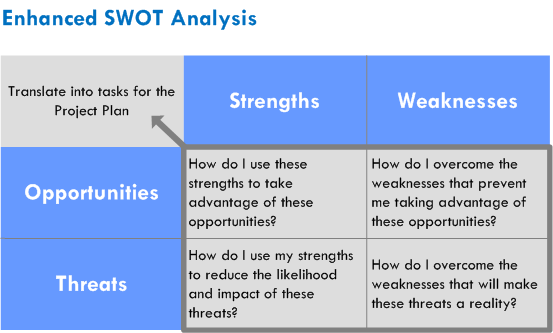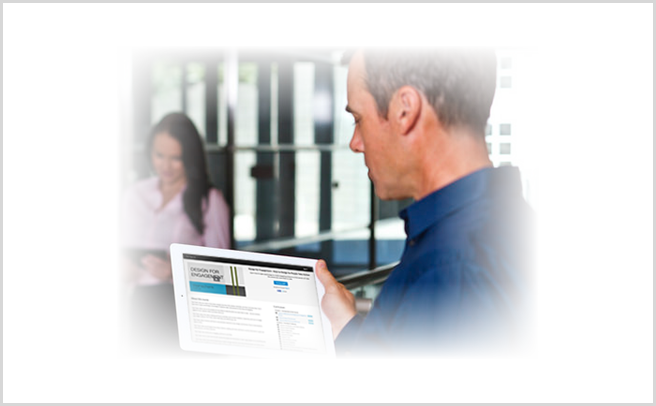


However, those multiples that are trading are a function of future cash flows after that point.

However, there are several challenges to this model. That estimated value is then discounted back at a target rate of return which is generally set high to capture the risk in the business and the likelihood that the company cannot make it. The VCs estimate the expected earnings in the range of 2-5 years, that expected earnings is multiplied by market multiples such as PE ratio that provides the equity value at the end of that period. Last but not least, there are high chances that many of these start-up companies do not make it.ĭue to these reasons, the Venture capital method comes into play. These companies do not have any historical data there are lots of uncertainties built into the process – difficult to estimate the details of cash flows and have long term estimation issues. However, the real test of a valuation expert lies in valuing young start-up companies. Although options are available on a good number of stocks, this still limits the number of possibilities available to you.It’s always easier to value a public company that has all the data you are looking for. Options can be a pain when it is harder to get quotes or other standard analytical information like the implied volatility. When buying options you lose the time value of the options as you hold them. Most beginners, and even some advanced investors, think they understand them when they don't. Options are very complicated to beginners. These commissions may be even higher for spreads where you have to pay commissions for both sides of the spread. Options trades will cost you more in commission per dollar invested. This means it will cost you more in indirect costs when doing an option trade because you will be giving up the spread when you trade. Options tend to have higher spreads because of the lack of liquidity. This lower liquidity won't matter much to a small trader that is trading just 10 contracts though. The fact that each optionable stock will have options trading at different strike prices and expirations means that the particular option you are trading will be very low volume unless it is one of the most popular stocks or stock indexes. Many individual stock options don't have much volume at all. Someone can do a lot in the options market with $1,000 but not so much with $1,000 in the stock market.

Options allow you to take a position with very low capital requirements. Options allow you to create unique strategies to take advantage of different characteristics of the market - like volatility and time decay. Some strategies, like buying options, allows you to have unlimited upside with limited downside.
#PROS AND CONS OF THE REAL OPTIONS VALUATION METHOD HOW TO#
This is an advantage to disciplined traders who know how to use leverage. Options allow you to employ considerable leverage. Options are a very unique investment vehicle so it is important to learn the unique characteristics of options before you decide to trade them. The advantages and disadvantages of options


 0 kommentar(er)
0 kommentar(er)
